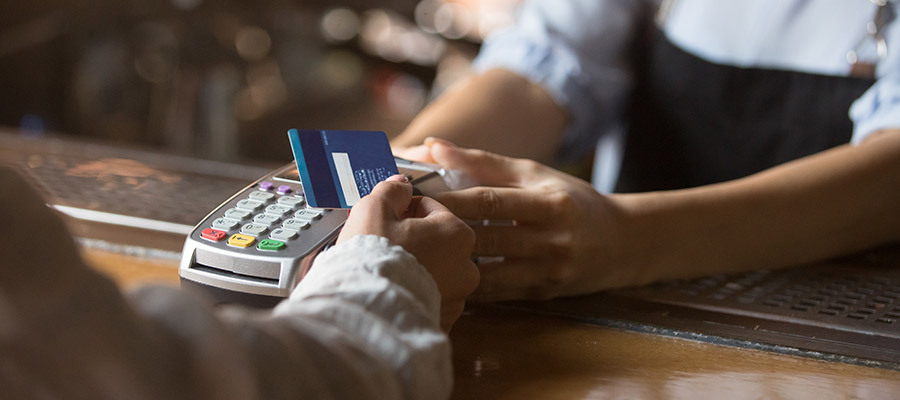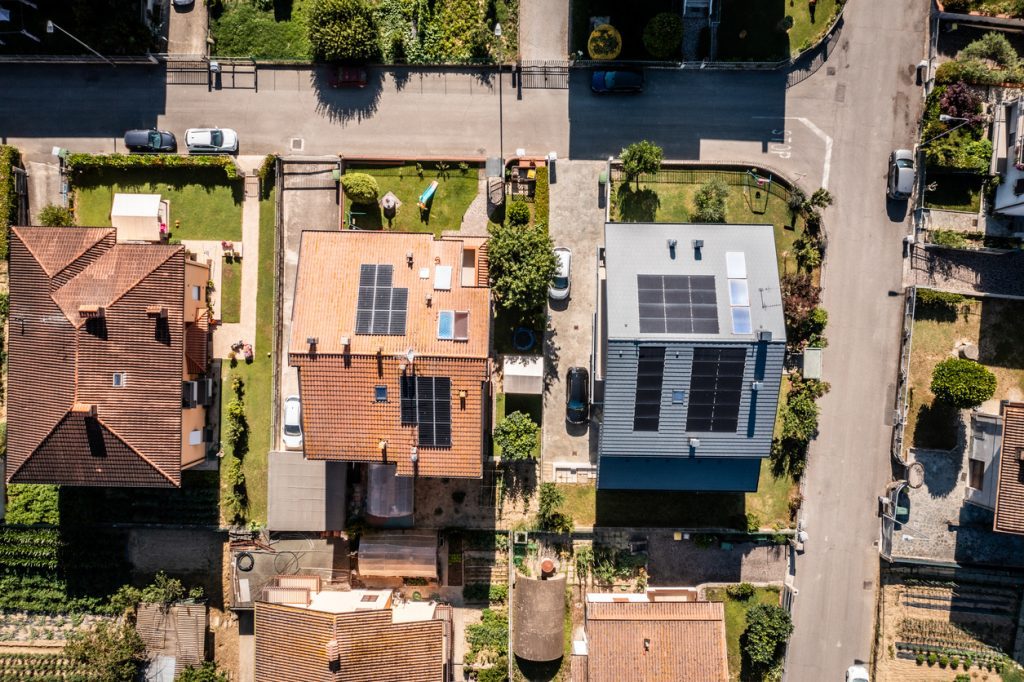Has COVID driven us to being a cashless society?
By Andrew Dunbar | 04/08/2020

Since the introduction of EFTPOS in the 1980's, we have been slowly moving towards a cashless society, and there is no denying that COVID-19 has accelerated this process. At the height of the pandemic, we saw many businesses switch to card-only payments as an additional hygiene measure. We also saw many banks increase contactless payment (or tap-and-go) limits so that we wouldn’t need to touch point-of-sale terminals.
Now that restrictions are lifting in many states, some businesses are relaxing these payment terms, but paying by card, particularly using tap-and-go, has become a habit for many of us. Australia saw a significant increase in contactless payments during this time and it's a trend that is likely to continue. And there are many good reasons for this.
It makes sense for businesses
From a business point-of-view, there can be significant capital expenditure to set up for cash payments, such as purchasing and installing cash registers and secure storage, and manual handling of cash can be time consuming and cumbersome, from daily counting and reconciliation to packaging and delivery to the bank.
Conversely, taking cashless payment can be as easy as downloading an app on a smartphone and linking it to a bank account. It also reduces the opportunity for human error and increases ease of reporting with a clear paper trail that will likely reduce tax evasion and fraud too.
It's more hygienic and convenient for consumers
We've long been aware that cash plays a significant role in germ transfer, and even post-COVID, hygiene will remain critical and top of mind for many of us in our new landscape. Card transactions, particularly contactless payments will play an important role in this moving forward.
In a world where we are constantly looking for ways to make things simpler, quicker and more efficient, tap-and-go makes a lot of sense. But there are also pitfalls for consumers, particularly when it comes to managing finances and cashflow.
Overspending is easier
The simplicity of tap-and-go can make it easier to spend without thinking about it, so it's important to make sure you have mechanisms in place to manage your spending.
Otherwise, it can easily lead to overspending or accrual of credit card debt.
There are a few ways to manage this, such as:
- Setting up instant notifications: Most financial institutions now offer the option to set up alerts on your phone, either as notifications or texts, that advise you when a transaction takes place. This can act as an additional reminder of your spending and help you keep tabs on it.
- Maintaining separate accounts: Having a transaction account for your everyday tap-and-go purchases that is separate to your savings account and moving money between them online can help you avoid overspending and stay on track with your finances.
- Avoid using tap-and-go on your credit card: With many banks now offering contactless payments for purchases up to $200, it can be easy to quickly rack up thousands in credit card debt, so if you can, save the tap-and-go for your transaction account.
We still need cash
Relying solely on technology for our commerce system is still some way into the future, in my opinion. We still need cash as a back-up. It's not uncommon that we see stories of bank system issues or even telecommunication outages causing havoc on consumers; imagine the chaos if we didn’t have an alternative payment method.
We also have a percentage of our population for whom cash remains king, such as the elderly and some low-income earners, who may be further marginalised in a cashless world.
Australia can learn from frontrunners
There are many countries around the world who are far closer to being cashless than Australia, and it will be interesting to watch how it plays out in these countries as we move towards a cashless future. Sweden is a great example.
The Scandinavian nation is a frontrunner in cashless payments, having started the journey in 2009, in response to growing cash-related crime. Today in Sweden, cash usage has dropped to 13% and it's difficult to find an ATM outside the capital city of Stockholm.
But it hasn't been a smooth ride, with many, particularly in rural areas, struggling with the new landscape. In fact, so much so, that in January 2020, the Swedish Government stepped in, putting laws in place that required banks to provide a minimum level of cash handling services.
There is no denying that most developed economies across the world are on a trajectory towards a cashless future, Australia included. For now, cash will still have a role to play for many Australians but managing cashflow in a cashless society is going to become an increasing issue for individuals and families.
Managing this to get the most out of your money will always rely on two key things – knowing where your money is going and aligning your spending habits with your values. It's where we always start with our clients at Apt and it's something we are incredibly passionate about.
Get in touch to find out how we can help you live for today while planning for tomorrow.
General Advice warning
The information provided in this blog does not constitute financial product advice. The information is of a general nature only and does not take into account your individual objectives, financial situation or needs. It should not be used, relied upon, or treated as a substitute for specific professional advice. Apt Wealth Partners (AFSL and ACL 436121 ABN 49 159 583 847) and Apt Wealth Home Loans (powered by Smartline ACL 385325) recommends that you obtain professional advice before making any decision in relation to your particular requirements or circumstances.









